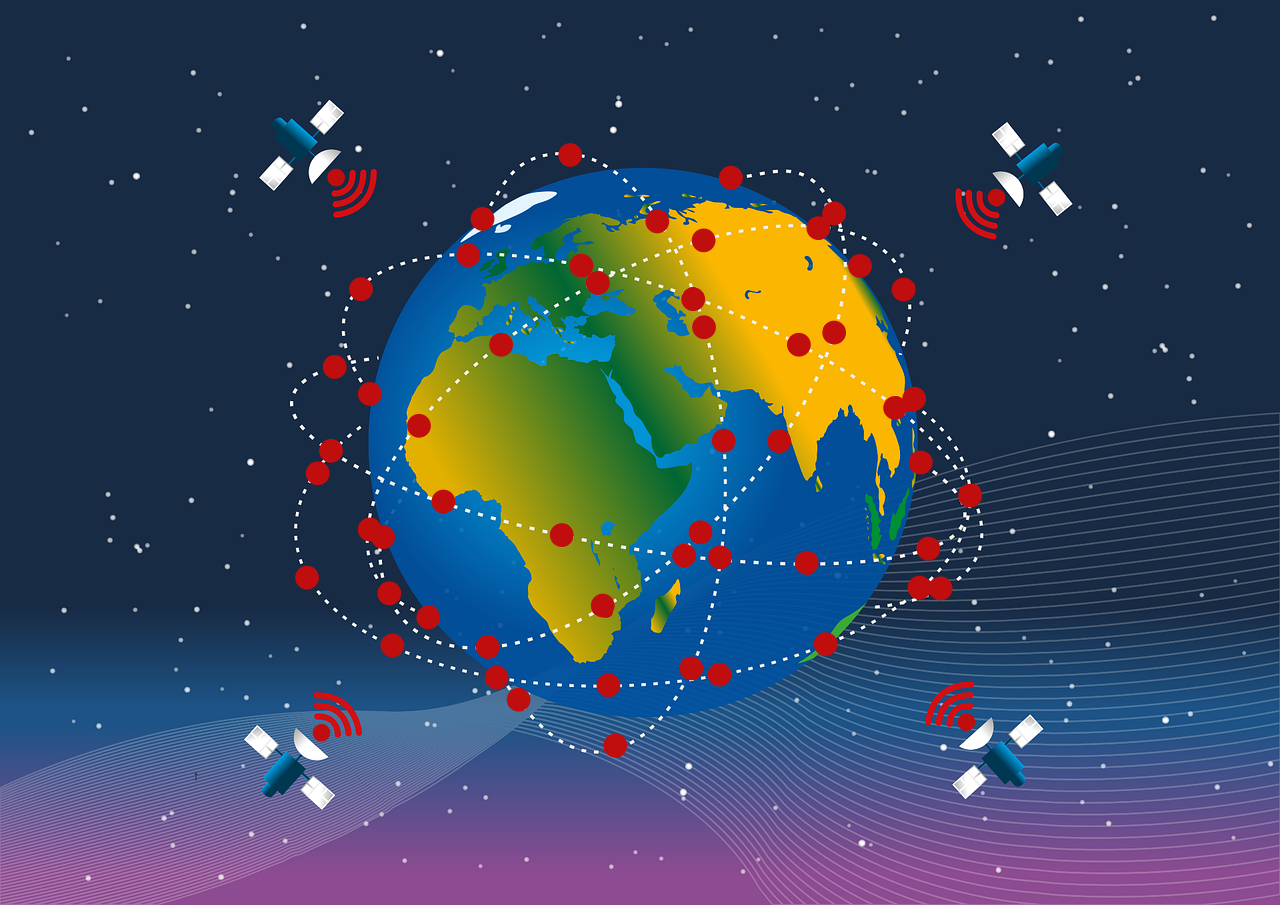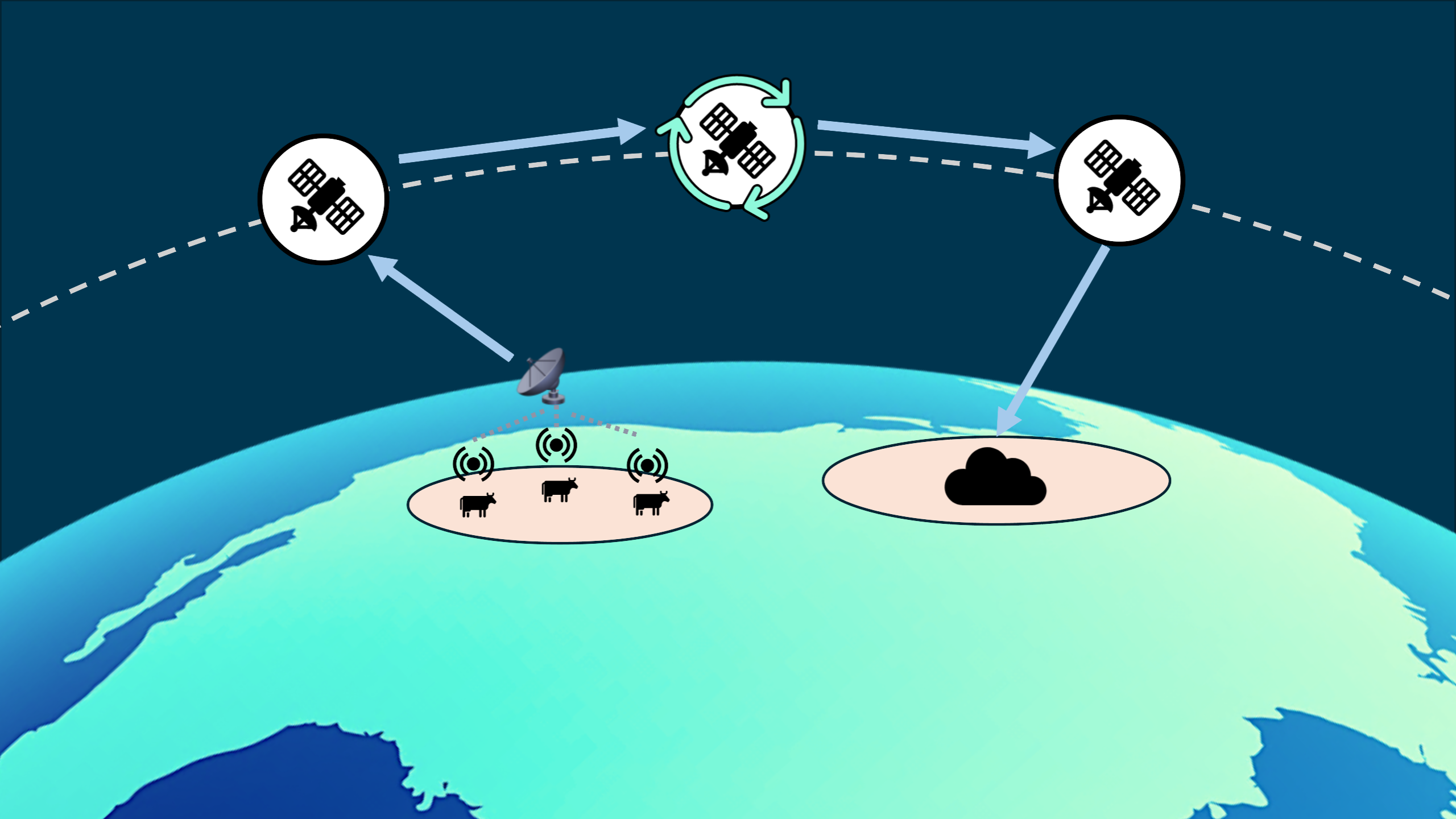Uninet technology overview

How we address network challenges in space
Uninet is developing an advanced algorithmic framework to optimize SDN and network slicing for non-terrestrial networks (NTNs), enhancing performance and efficiency while reducing network loads.
Inspired by terrestrial 5G technologies, our solution emphasizes flexibility, scalability, and robustness to meet the unique challenges of NTNs.
High-throughput, low-latency routing
Uninet's low-complexity backpressure-style algorithms tackle the challenge of space communication by optimizing throughput and minimizing latency to ensure real-time data transfer and mission success.
Our algorithms effectively balance network demands, a crucial aspect for the growing data needs of space missions.


Edge-cloud scheduling for IoT
Uninet's task scheduler software optimizes IoT management in space by minimizing task completion times while meeting energy, bandwidth, and computational constraints.
Designed for both space and terrestrial environments, our scheduling solution ensures efficient and reliable data processing for satellite providers.
Network Slice Orchestration for Complex Workflows
“Service chains” of sensing applications that fuse data collected by multiple satellites pose more complex scheduling problems.
Uninet uses state-of-the-art optimization methods from terrestrial 5G network slicing to minimize computation and bandwidth resource usage and satisfy capacity constraints.
Virtual

Physical

Software-as-a-service for Satellite-as-a-service providers.
Uninet's SaaS solutions empower satellite providers to deploy and manage advanced networking with ease, ensuring high performance and reliability.
By leveraging a microservices architecture, Uninet's SDN algorithms offer scalability and fault tolerance, seamlessly integrating across multiple satellites and networking platforms.
